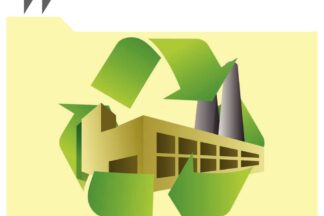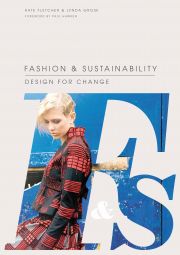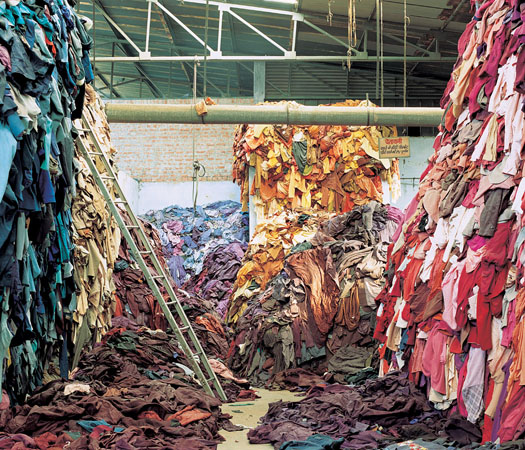Within the EU, legislative requirements have lead to implementation of Extended Producer Responsibility schemes (EPRs) in the following industries so far: packaging, electrical and electronic equipment, batteries and automotive industries.
In this article, we would like to look sidewise, and see what can be learned from the electronic and electrical equipment industry, as they have been ahead of the curve – although not always voluntarily, since the 1995 laws came into place – when it comes to the implementation of EPR.
The Higg Index is an apparel and footwear industry self-assessment standard for assessing environmental and social sustainability throughout the supply chain.
The Higg Index 1.0 was released on June 26, 2012.
It’s not news that there exist many, many labels out there that hope to convey low-risk or sustainability credentials to consumers (B2C) and/or buyers (B2B).
Some of these are indeed so specialised, or hidden within the larger context, that indeed few people have seen or taken note of it.
One such label is the Greenguard certification, which is focused entirely onto remedying negative health impacts in interior spaces: from furniture, to interior textiles, air filters, adhesives, flooring and floor finishes etc.
One of the challenges of sustainable fashion is the wording used to define it. We commonly associate adjectives like “sustainable”, “green”, “eco”, “responsible”, “conscious”, “ethical” with the word “fashion”. The question is: are certain words more popular than others? Or are some others nowadays outdated? How do consumer talk about sustainable fashion? And the industry?
'Fashion & Sustainability: Design for Change' is a worthy successor to Kate Fletcher's first book. Not only does it document the state-of-the-art as we encounter it in the present, but for the first time designers have both: a hands on manual of how they can hands-on change their practise, and what new concepts and technologies will be at their disposal in the near to mid-term future.
Story telling is a powerful tool, and an important part of how we create lasting memories. Can we use the power of story telling to encourage a different type of fashion consumption?
Cradle to Cradle is a design methodology that puts a 'waste-less' world at its heart. What is the concept all about? What does it mean for the apparel industry? And who practises it among designers and companies?
The 'Everything must go' exhibition, that took place from January 20 to 22, 2012, introduced the wider public to the details of the global value chain for discarded clothing. Drawing from the results of 5 years of research, the numbers and facts are staggering, and intriguing at the same time.
Sashiko - a now extinct Japanese textile technique and tradition which for centuries was used to adorn as much as make garments more durable. A portrait.
Scientists, engineers, designers and creators. 3 'species' of people that neither in academia, nor in industry collaborate well. Yet, precisely the fashion and textiles industry is so trans-disciplinary that collaboration is a must.
This article has originally been published online by ‘Japan for Sustainability’ (JFS) on May 30, 2005. It is the 1st...
What about environmentally-friendly alternatives to the common plastic clothing hangers? An analysis of the market, & concrete products that help solve the dilemma.
Shirahime has been pronounced the winner of the Observer Ethical Award in the category 'ethical blog'. Time to look back, and to publicly renew this blog's commitment.
Ethical fashion, finally!. In addition to the fashion category, even in 4 of the 11 remaining general Observer Ethical Awards categories ethical fashion made it onto the short list.
Wanting to buy hobby knitting yarn more ethically is a difficult undertaking. Read what why it can be problematic, and 'do good by doing better'.
London Fashion Week 02/2011 - Day 4: Ethical fashion and the luxury sector. The high-end segment is awakening to its responsibilities. Or does it really?
'Amelia's Compendium of Fashion Illustration' tackles 2 topic at once: Ethical fashion and its designers, and the promotion of fashion illustration as a discipline.
Winter 2011, Summary: TheKey.to, Berlin. What can you get from attending the event? An evaluation on a European level.
Winter 2011, D3: TheKey.to, Berlin.About dynastic companies launching ethical brands, and my personal 'Best Of' list taken from the attending brands.
Winter 2011, D2: TheKey.to, Berlin. The discovery of the ethical sourcing platform Source4Style & a global textile waste mapping campaign 'Trash2Trend'.




